detail profile wiktor nanowski
Peran Yang Di Mainkan Wiktor Nanowski
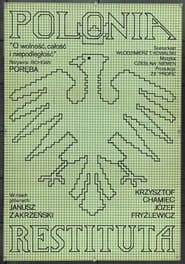 A twopart historical film covering the...
A twopart historical film covering the...Polonia Restituta 1981
A two-part historical film covering the years of the First World War and the post-war period up to 1919 - until the signing of the peace treaty in Versailles near Paris. An attempt to show the great and complicated process of regaining an independent existence by a nation within its own state. The screen shows characters from history textbooks: Józef Piłsudski, Ignacy Paderewski, Roman Dmowski, Wojciech Korfanty as well as representatives of the world political scene, incl. David Lloyd George, Woodrow Wilson, Georges Clemenceau, Vladimir Lenin and others.
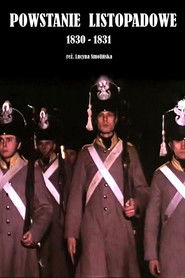 Most important events of November Uprising...
Most important events of November Uprising...Powstanie listopadowe. 1830 - 1831 1980
Most important events of November Uprising in Poland.
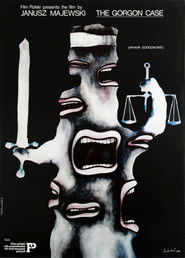 In 1931 just before the New Year...
In 1931 just before the New Year...The Gorgon Case 1977
In 1931, just before the New Year, in a house of architect Henryk Zaremba scream rips the night. The daughter of Zaremba is found killed in her bedroom, obviously killed with a pickaxe. The police arrives and starts the investigation. Rita Gorgonova, the governess of the girl and also lover of Zaremba becomes the main suspect. Film based on real events - investigation and court trials of the most famous pre-war Polish murder case. Despite being historically accurate the movie is both involving and entertaining since the case was simple on the surface, but very complicated in details.
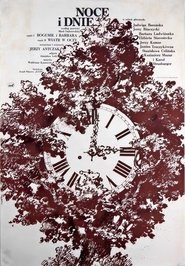 A family saga of Barbara OstrzeskaNiechcic...
A family saga of Barbara OstrzeskaNiechcic...Nights and Days 1975
A family saga of Barbara Ostrzeńska-Niechcic and Bogumił Niechcic against the backdrop of the January Uprising of 1863 and World War I. The film is a rather straightforward and faithful adaptation of a novel by Maria Dabrowska with the same title. The plot is woven around the changing fortunes of a noble (upper-class) Niechcic family in the pre-WWI Poland. There are two main crossing threads: a social history one and an existential one.
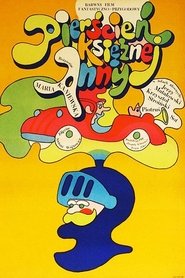 Adventures of a three good friends...
Adventures of a three good friends...The Ring of Queen Ann 1971
Adventures of a three good friends during school summer vacation.
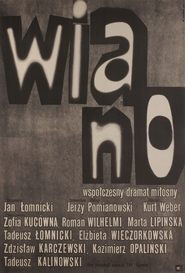 A peasant girl is abandoned by...
A peasant girl is abandoned by...Wiano 1964
A peasant girl is abandoned by her fiancé after she has talked her father into giving her his land as a dowry.
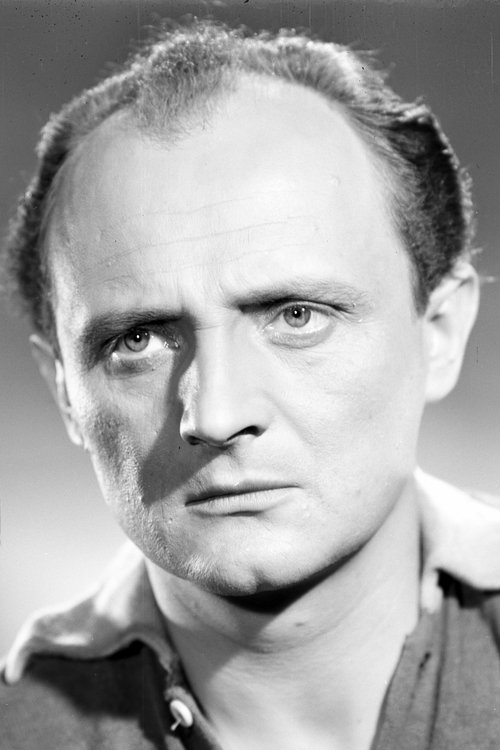

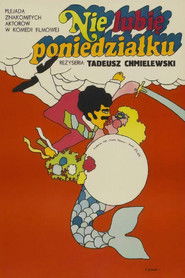 An acute case of Mondayitis in...
An acute case of Mondayitis in...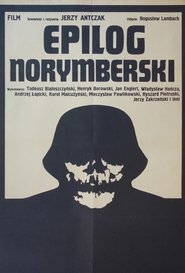 Reproduction of the Nuremberg trials using...
Reproduction of the Nuremberg trials using...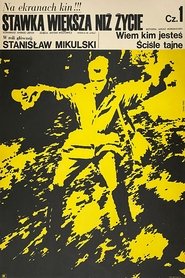 The first of six episode compilations...
The first of six episode compilations...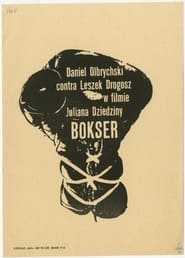 A promising but hotheaded young boxer...
A promising but hotheaded young boxer...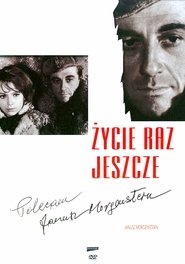 Three idealists a communist secretary a...
Three idealists a communist secretary a...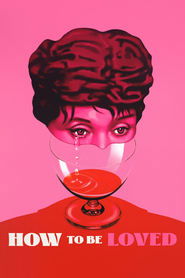 An actress travels from Warsaw to...
An actress travels from Warsaw to...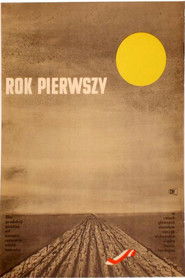 1944 Communist militiaman take a post in...
1944 Communist militiaman take a post in...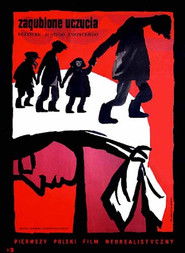 One day in the miserable life...
One day in the miserable life... A journalist investigates a mysterious murder...
A journalist investigates a mysterious murder...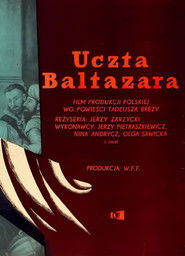 Engineer Andrzej Uriaszewicz returns to Poland...
Engineer Andrzej Uriaszewicz returns to Poland...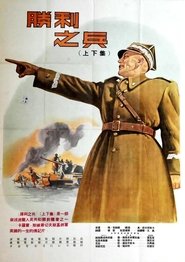 Twopart biopic about General Karol wierczewski...
Twopart biopic about General Karol wierczewski...